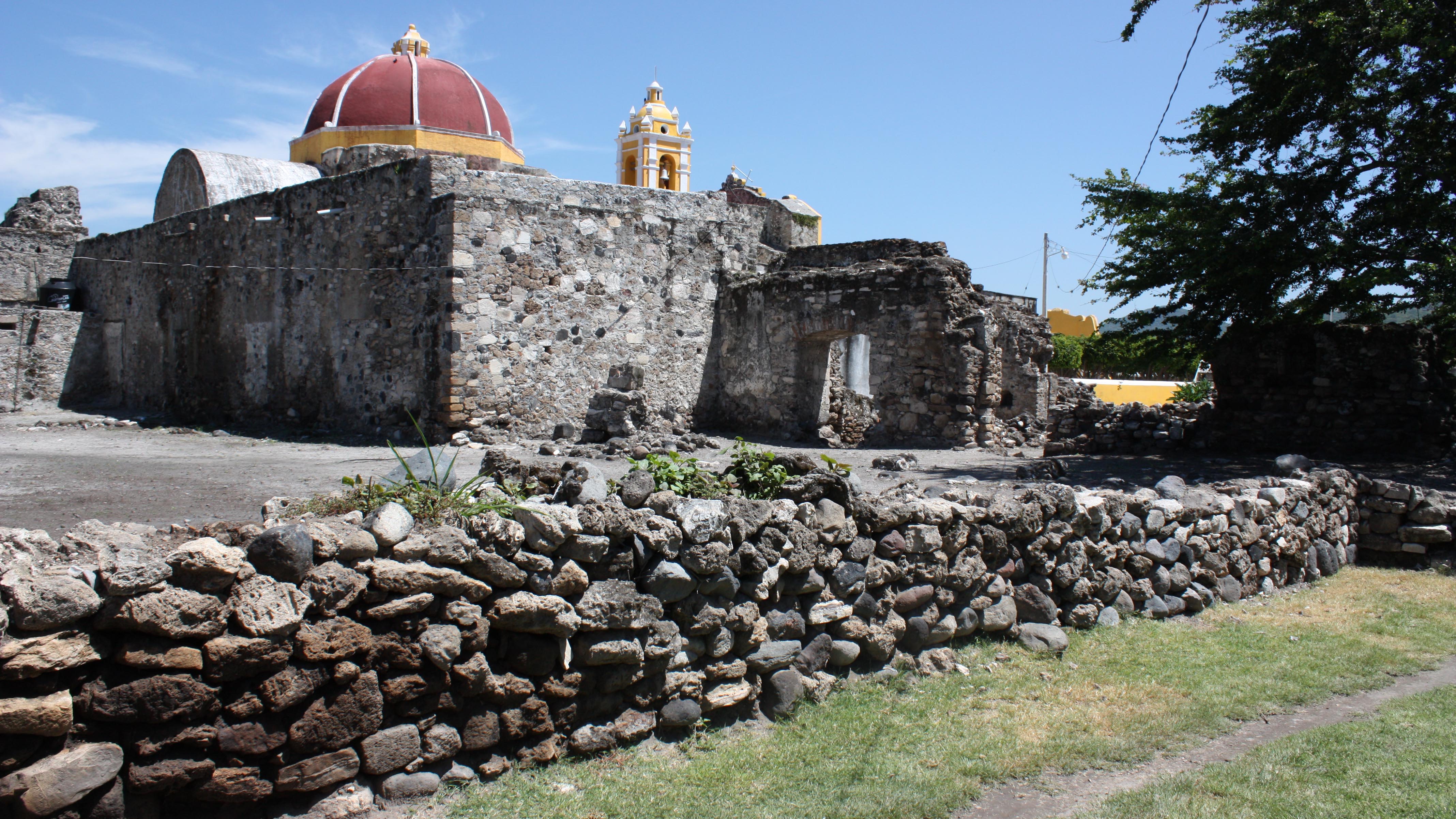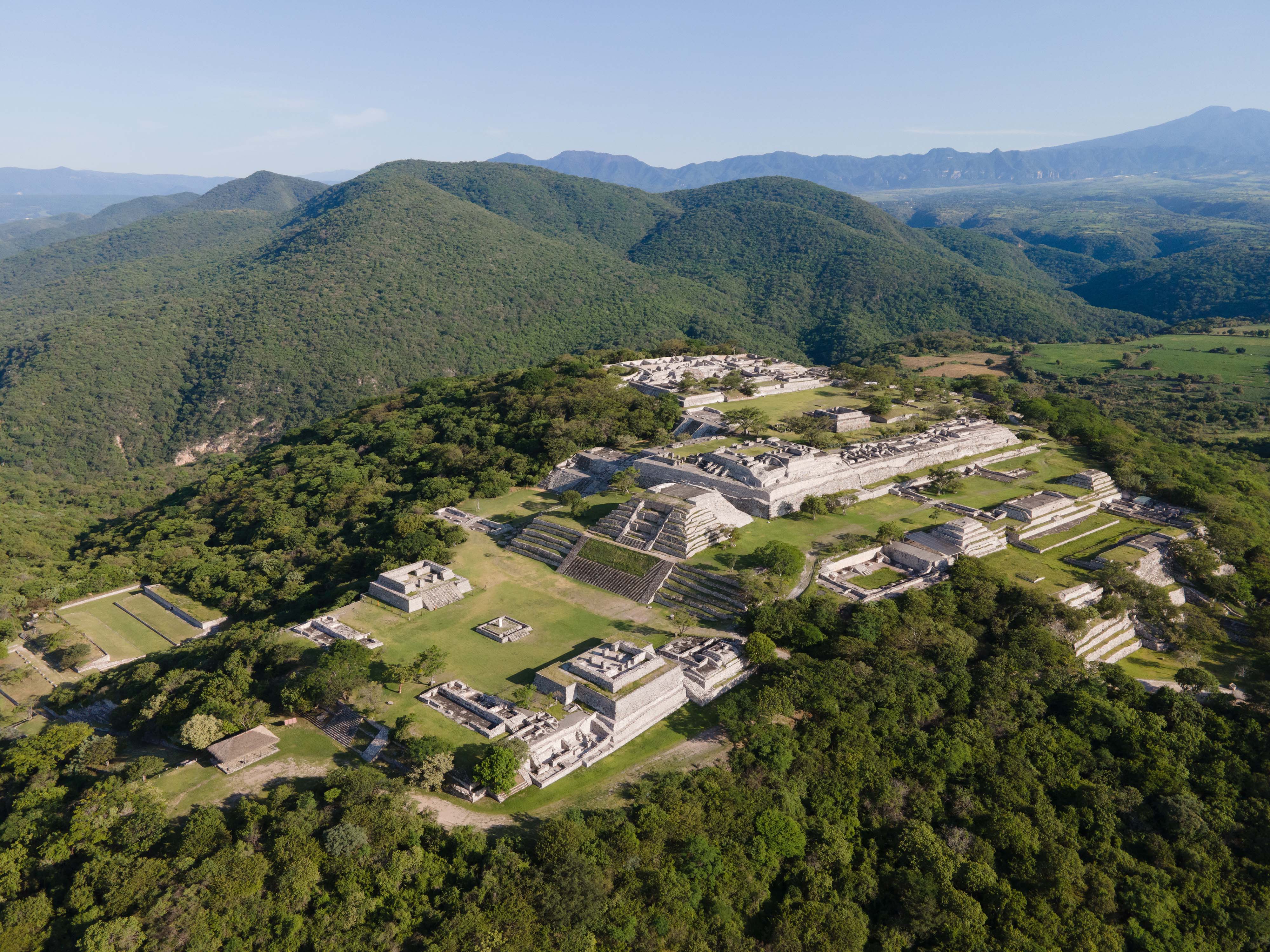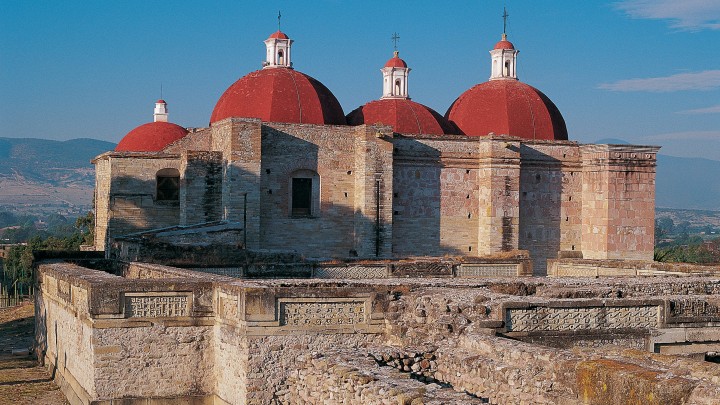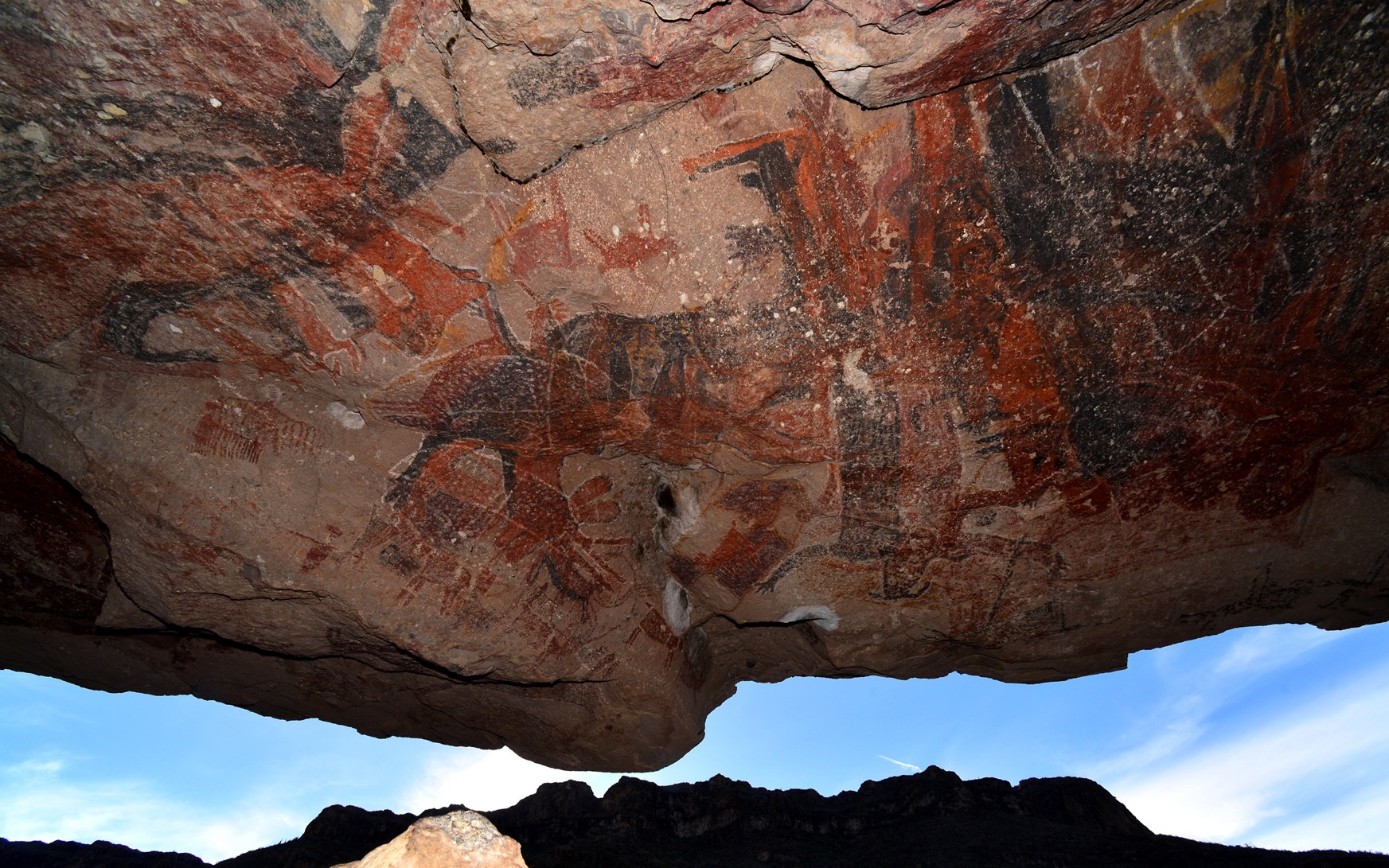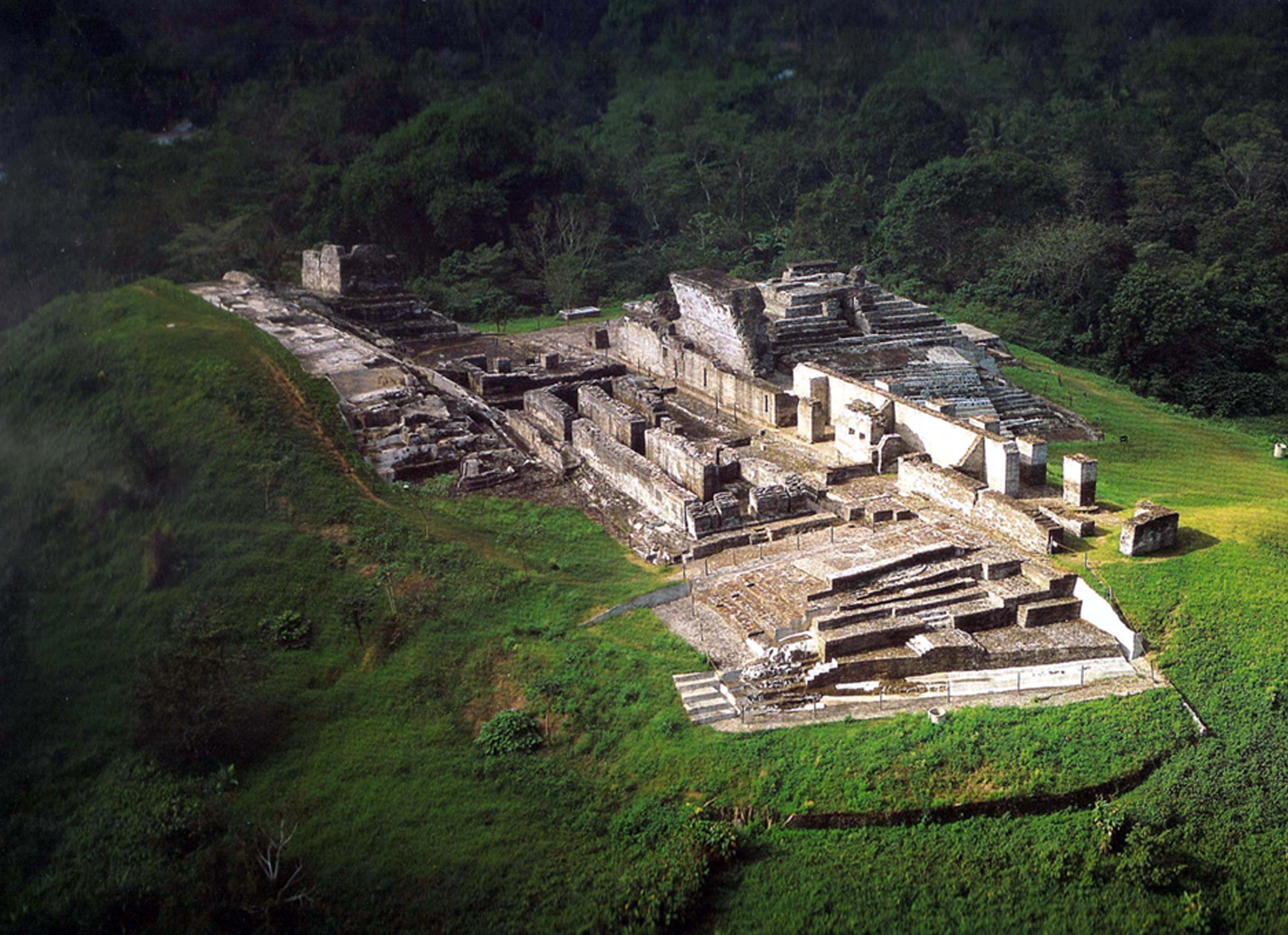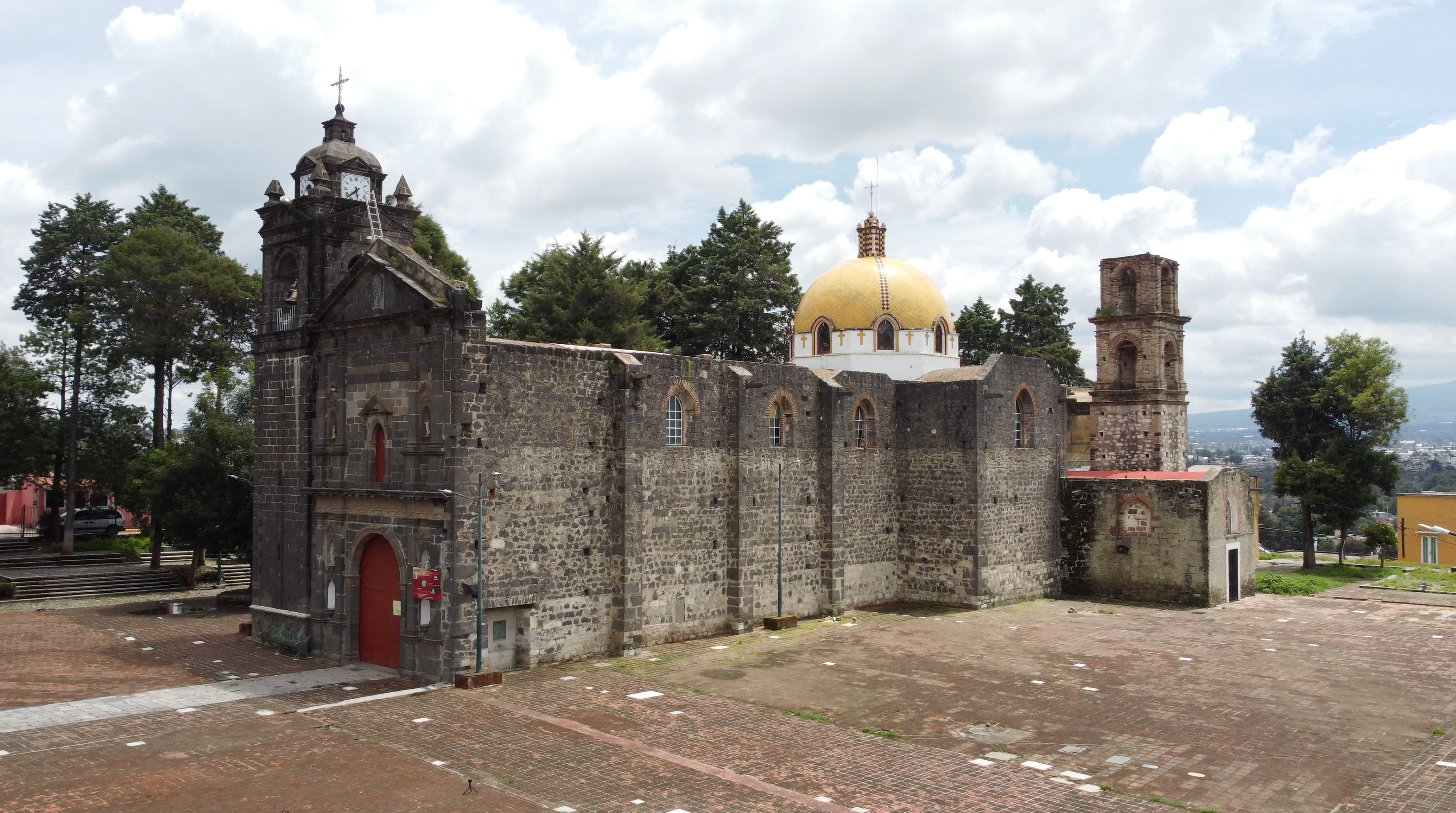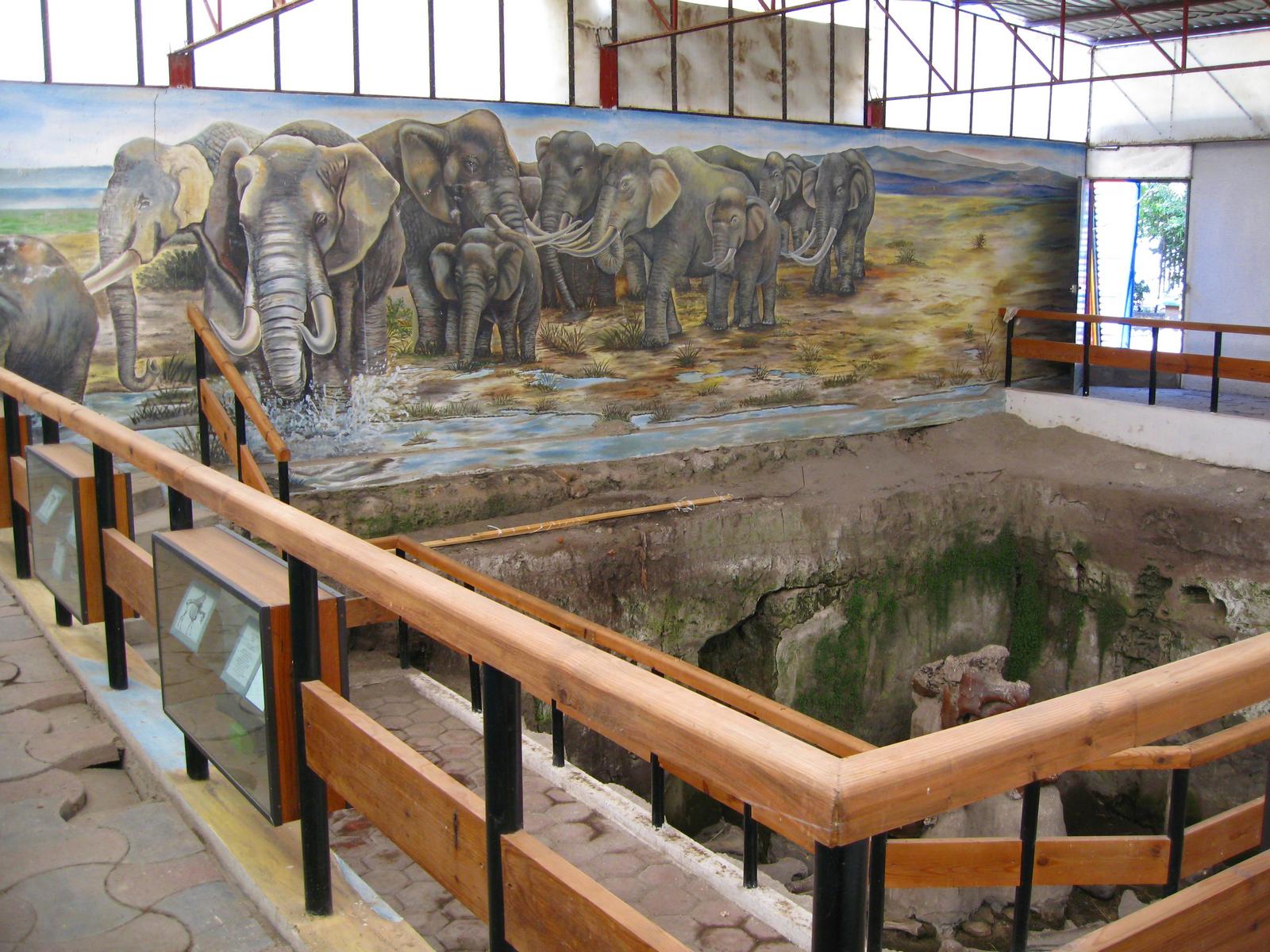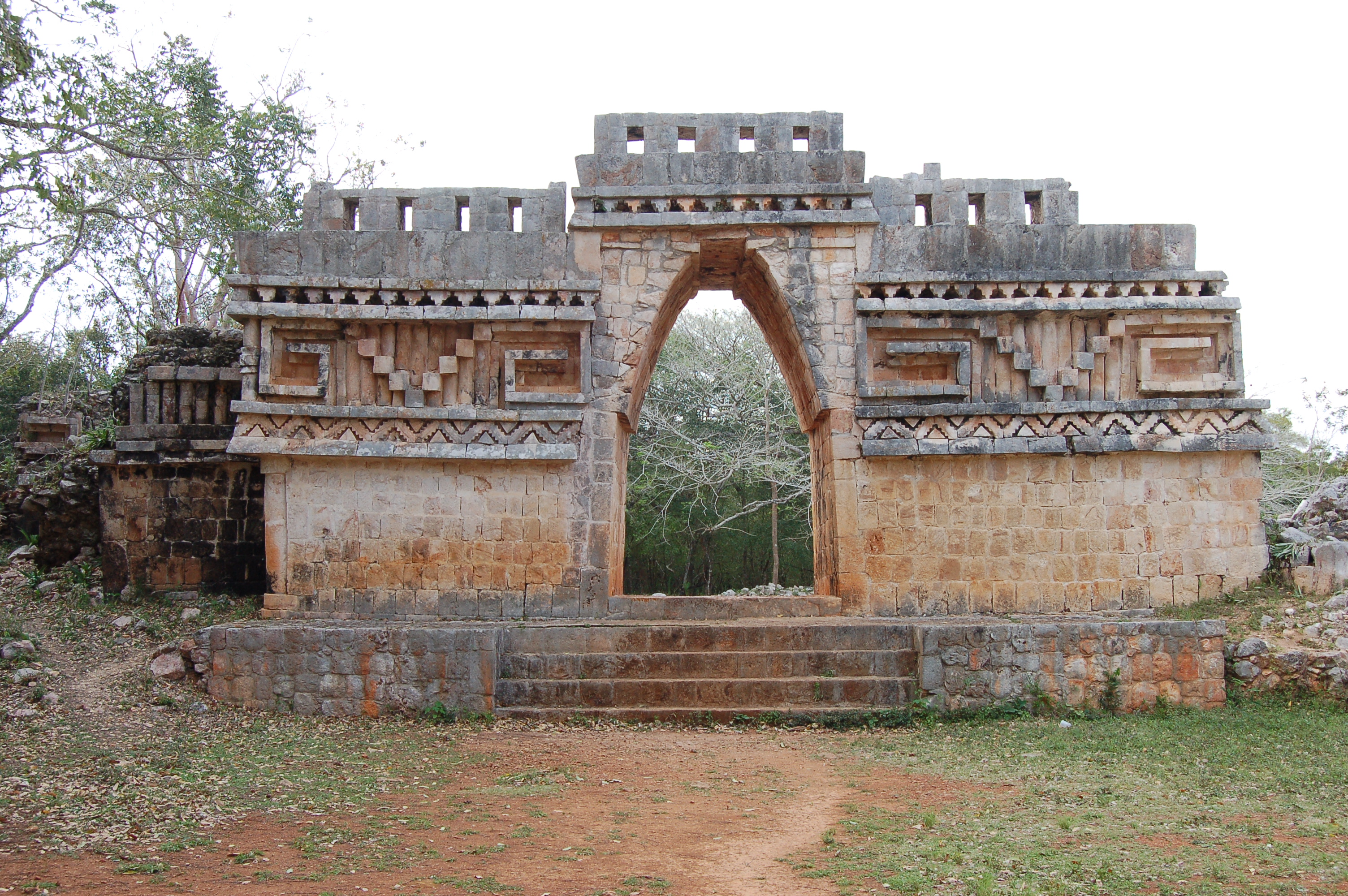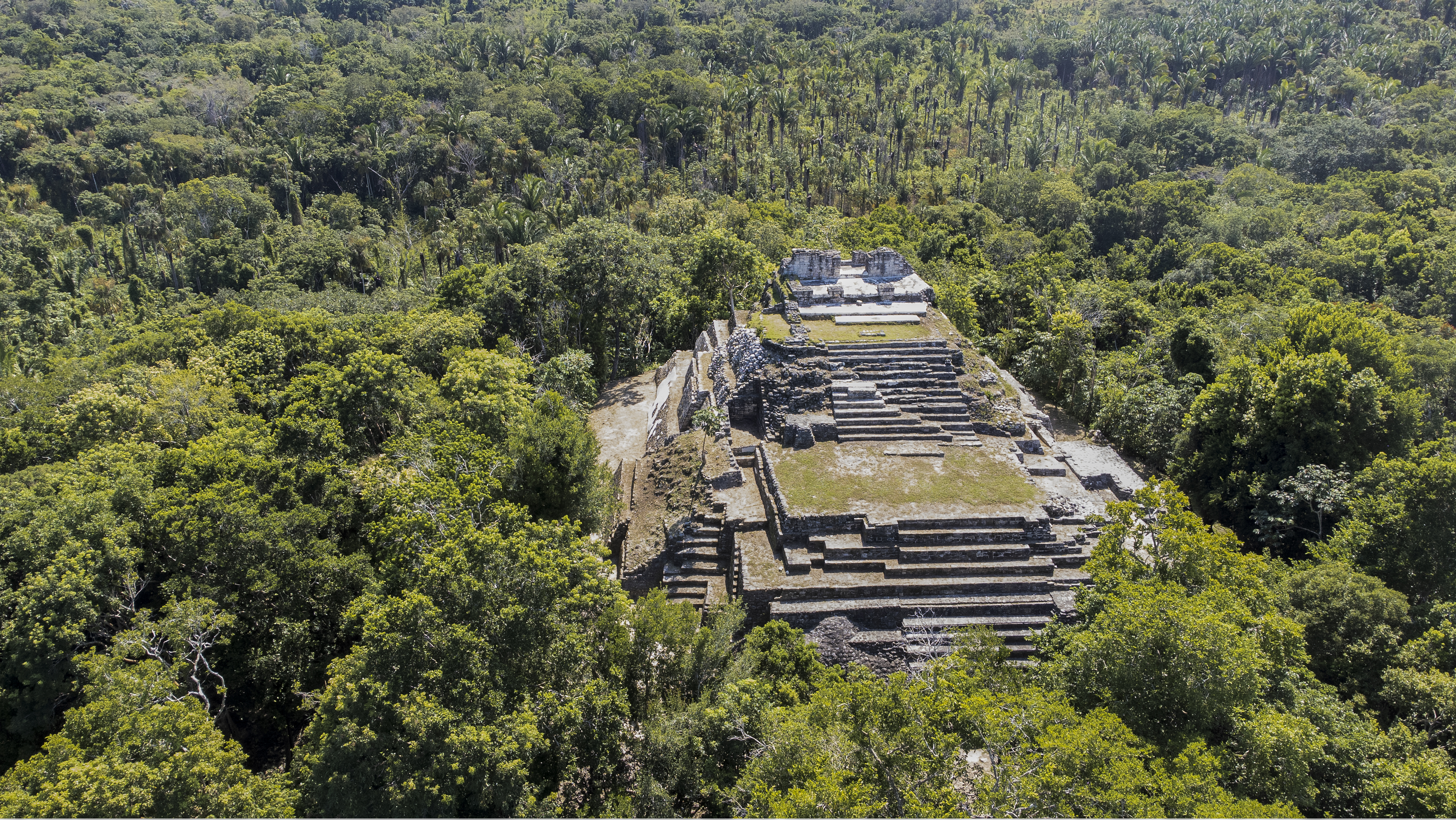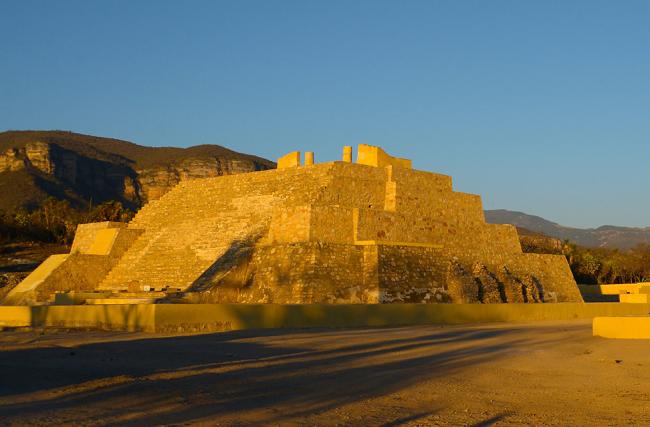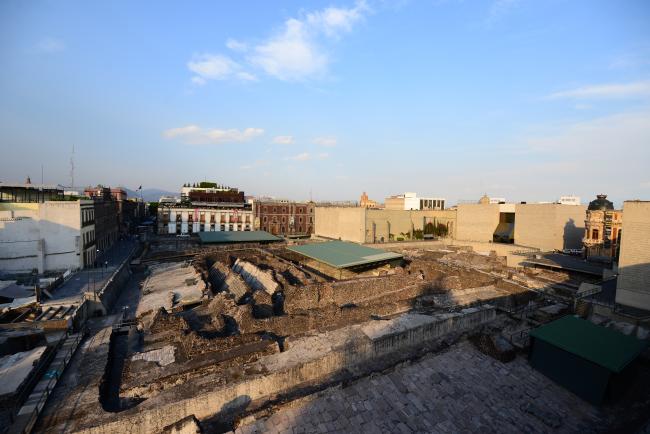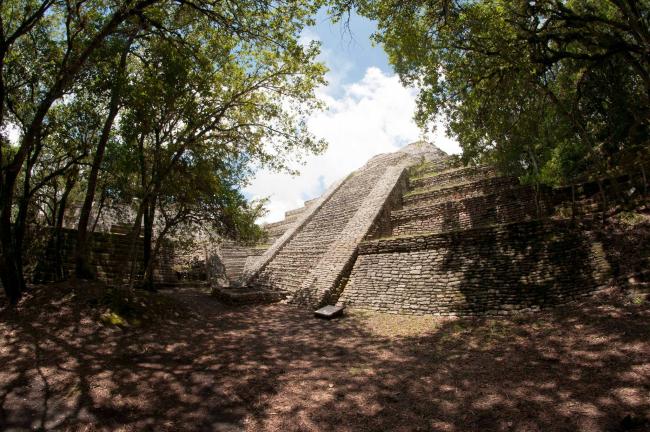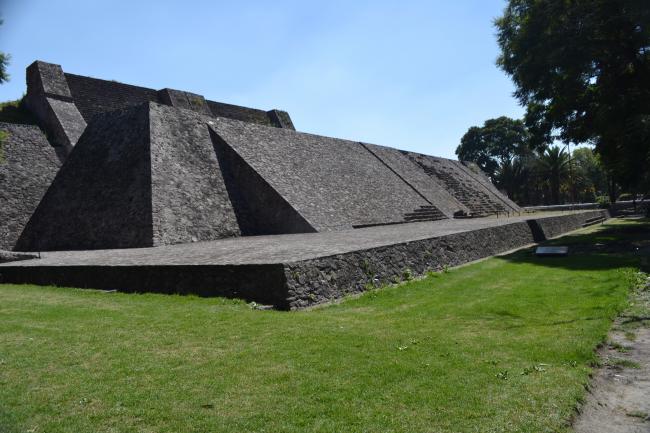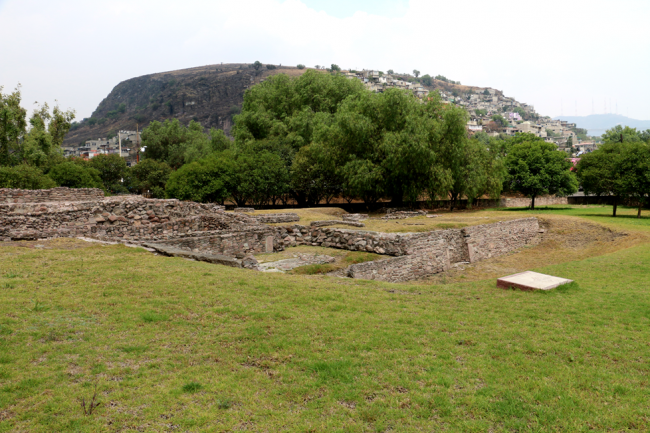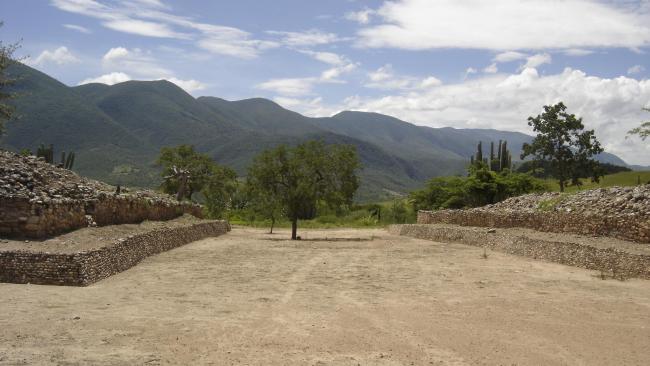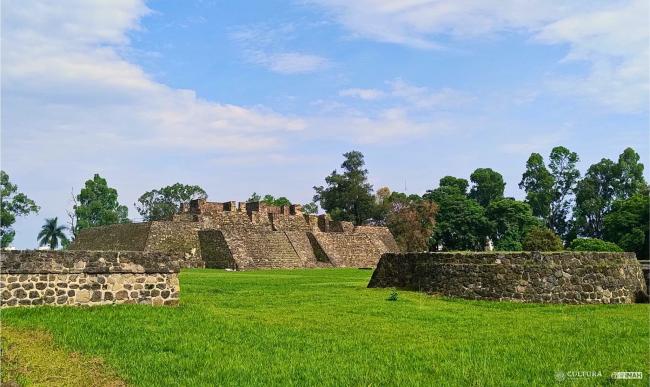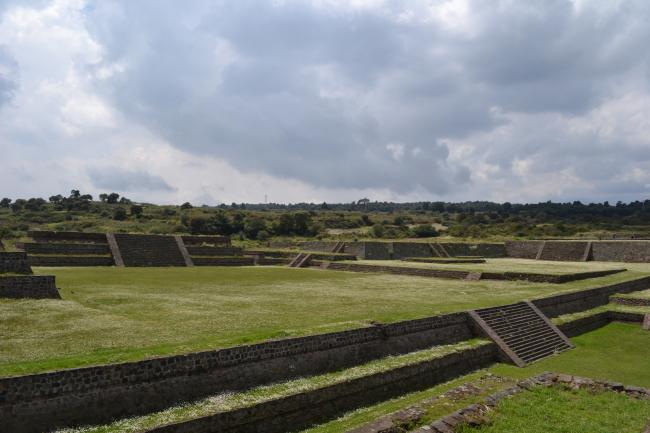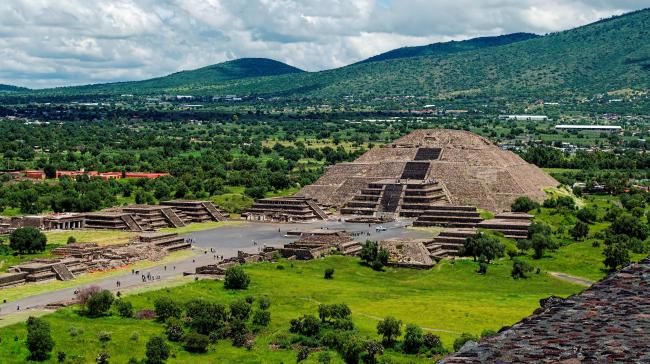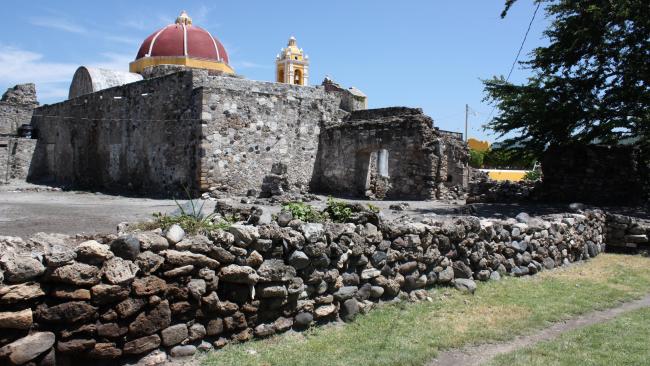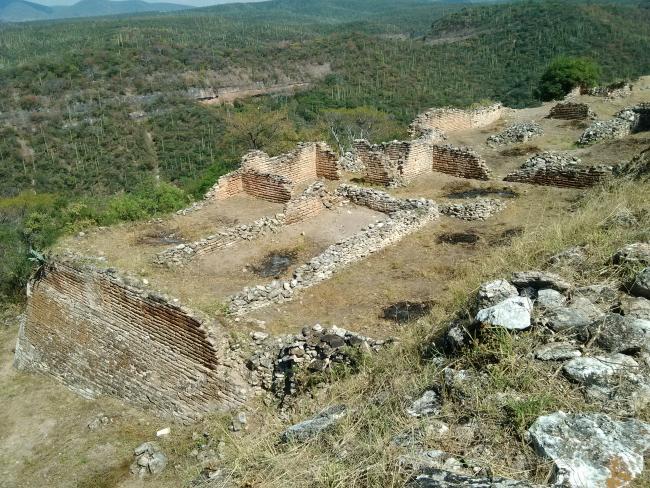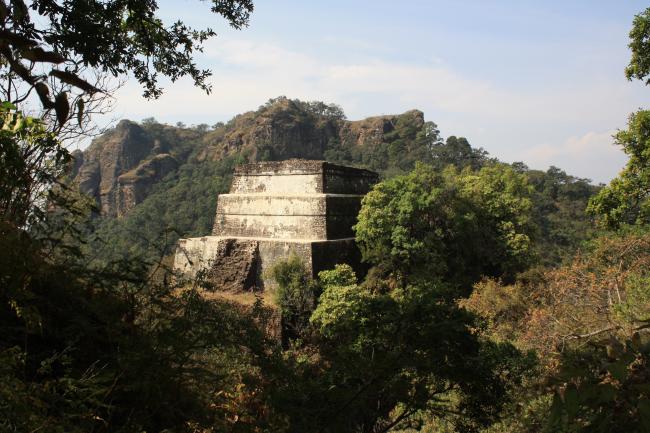
Zonas Arqueológicas
Tehuacán el Viejo
The region was fundamentally important in the history of domesticating several plants including maize. During the Postclassic, Tehuacan was the region’s most important site in terms of religion and politics.
Templo Mayor
The center of Mexica religious and political life, the extraordinary remains of Templo Mayor stand in the heart of Mexico City. Dedicated to Tlaloc and Huitzilopochtli, its treasures include a wall of skulls altar, the House of the Eagles, and a monolithic sculpture of the goddess Coyolxauhqui…
Tenam Puente
Spectacular platforms with retaining walls, plazas, palaces, shrines and dwellings. Maintained important commercial relationships (300-1200) with the neighboring region, the Gulf Coast of Mexico, the Central Depression of Chiapas and the Guatemala highlands.
Tenayuca
First capital of the Chichimecas of Xólotl (end of the twelfth century) until it was moved to Texcoco. It still contains an extraordinary pyramid crowned with twin temples dedicated to Tlaloc and Huitzilopochtli, with glyphs on many steps and surrounded by a wall of serpents.
Tenayuca II
With only 330 yards separating them, Tenayuca II is considered to be part of Tenayuca. The site has an interesting housing complex.
Teopantecuanitlán
Unique settlement in the present-day state of Guerrero with monumental architecture bearing Olmec traces. It played a key role in the supply, manufacture and redistribution of luxury goods from the coast destined for the Valley of Mexico. It was inhabited for almost 800 years.
Teopanzolco
Engulfed in the urban sprawl of present-day Cuernavaca, and originally inhabited possibly by Tlahuicas, when the Mexica dominated the region they built new palaces, temples and houses. The principal pyramid survives, surmounted by two temples, one dedicated to Tlaloc and the other to…
Teotenango
To the south of the Toluca Valley, this was successively a civic and religious center, a walled city and a military garrison (650-1550 AD). A jaguar is sculpted in bas-relief on a monolith in the impressive Plaza of the Jaguar. There are also other stone reliefs.
Teotihuacán
The great Mesoamerican city was at the heart of politics, the economy, trade, religion and culture. Its influence reached such distant places as Tikal. The city of Teotihuacan was placed on the UNESCO World Heritage List in 1987, owing to the outstanding value of its monumental building…
Tepapayeca
Conquered by the Mexica in the fifteenth century, this site served as a garrison and point of communication with the powerful Itzocan kingdom, on the route to the Mixteca region. The archeological zone occupies a small area, with traces of platforms beneath some nearby houses. A Calvary chapel…
Tepexi el Viejo
A military fortress built on the upper part of a hill, flanked on three sides by precipitous ravines. Distinguished by its formidable surrounding stone wall. Administrative center of one the most important Popoloca domaines (1200-1500 AD), with monumental architecture.
Tepozteco
Administrative center of the domain of Tepoztlán, perched high in the sierra of the same name, the construction of houses, palaces, temples and housing complexes was started around 1200 AD. Here they worshipped Ometochtli-Tepoztecatl, god of pulque, fertility and the harvest. A superb view of…

